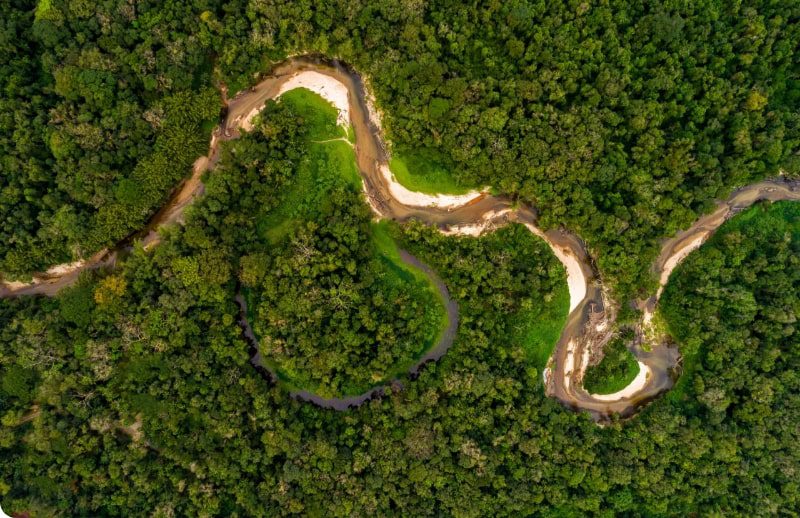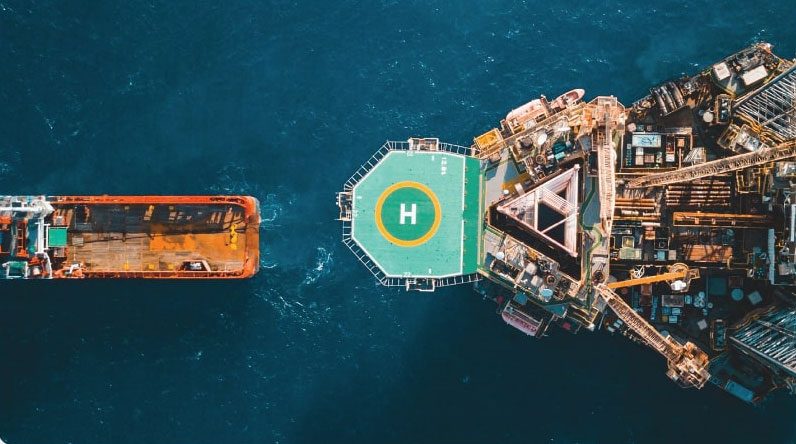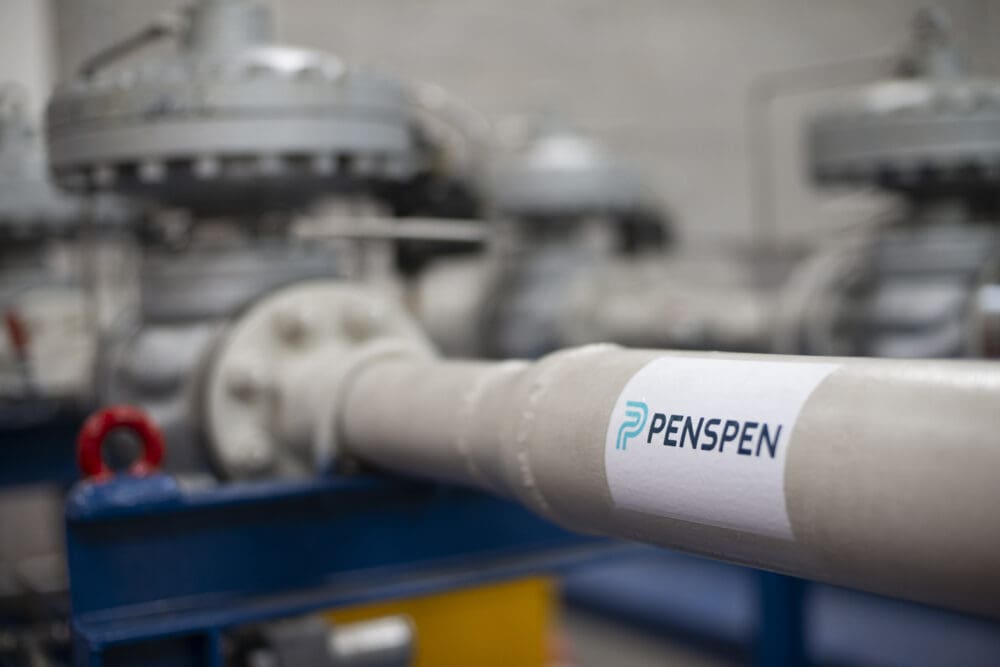As the world gradually transitions to a low carbon economy, technologies such as ‘Carbon Capture, Utilisation and Storage’ (CCUS) is generally acknowledged as one of the major technologies required to tackle CO2 emissions and the associated climate change issues.
Among the CO2 transport technologies, pipeline transport is today the most widely used large volume CO2 transport system as it is scalable, relatively safe, and provides a low-cost option. Although there have been many lessons from CO2 transport via pipelines, most of the operating facilities transport CO2 captured from natural sources, which have limited and well-defined impurities.
On the other hand, anthropogenic CO2 pipeline transport system come with a different set of challenges due to the wide range of impurities present in the CO2 stream, and thus requires considerable design effort to ensure the integrity and safe operation of the pipeline transport system.
In the April issue of World Pipelines, Mathew Aneke, Senior Energy Transition Consultant at Penspen, provides insight into the CO2 transportation process, highlighting the crucial role of Carbon Capture, Utilisation, and Storage (CCUS) in the transition to a low-carbon economy. Discover the differences between gas-phase anthropogenic and natural CO2 gathering pipeline systems, along with key considerations for CO2 transportation.






